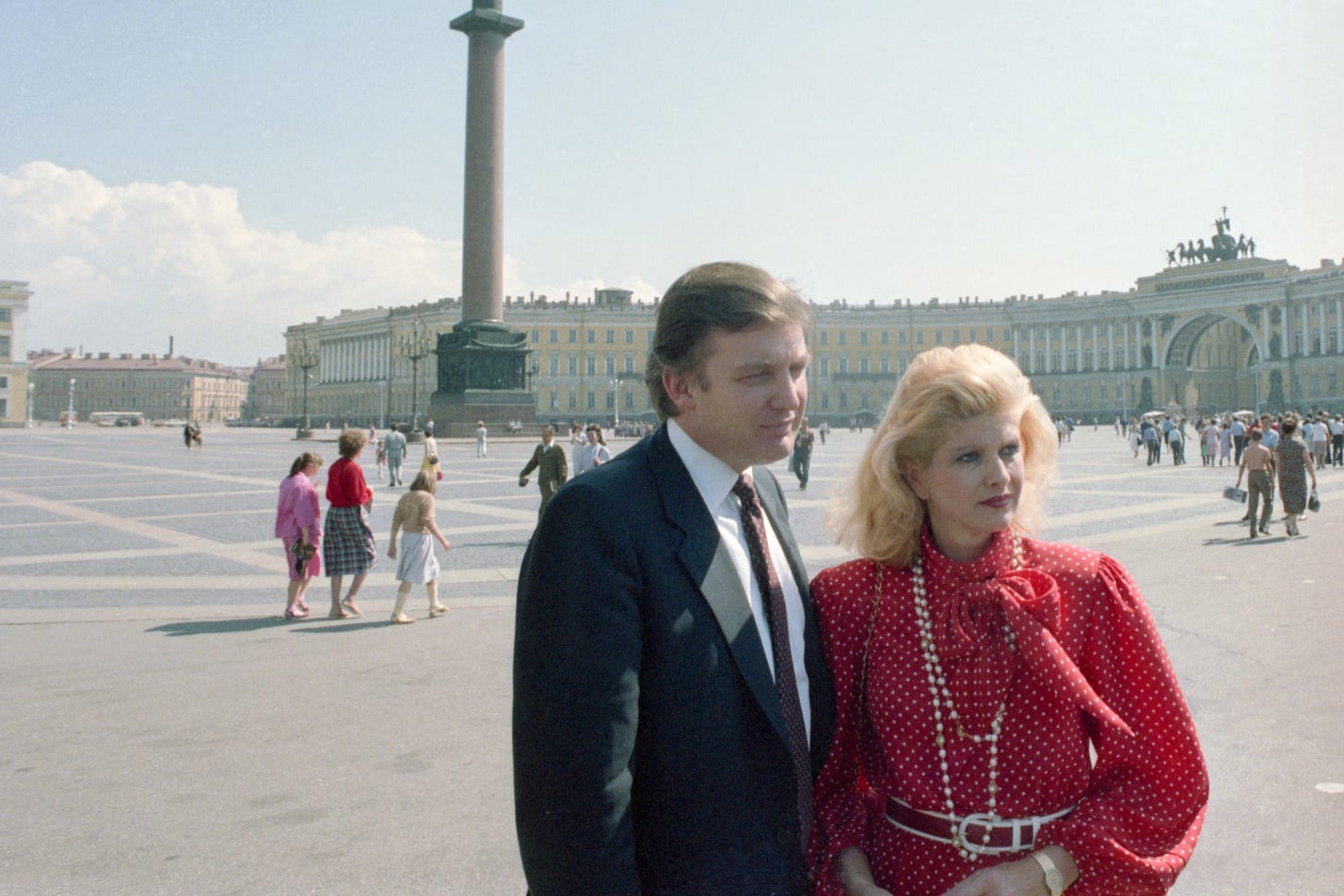
In January 1987, Donald Trump received a letter from Yuri Dubinin, the Soviet ambassador to the United States. “It is a pleasure for me to relay some good news from Moscow,” it began.
Dubinin’s letter was pursuant to meetings he’d had with Trump the previous year (see my earlier post, 1985-1986 The KGB Sets Its Trap) in which the ambassador and his daughter, Natalia Dubinina, told Trump they were so dazzled by Trump Tower, the new crown jewel in Trump’s empire, that Trump had to build one in Moscow.
In his letter, Dubinin added that Intourist, the Soviet KGB tourist agency, “had expressed interest in pursuing a joint venture to construct and manage a hotel in Moscow.”
Trump loved the idea.
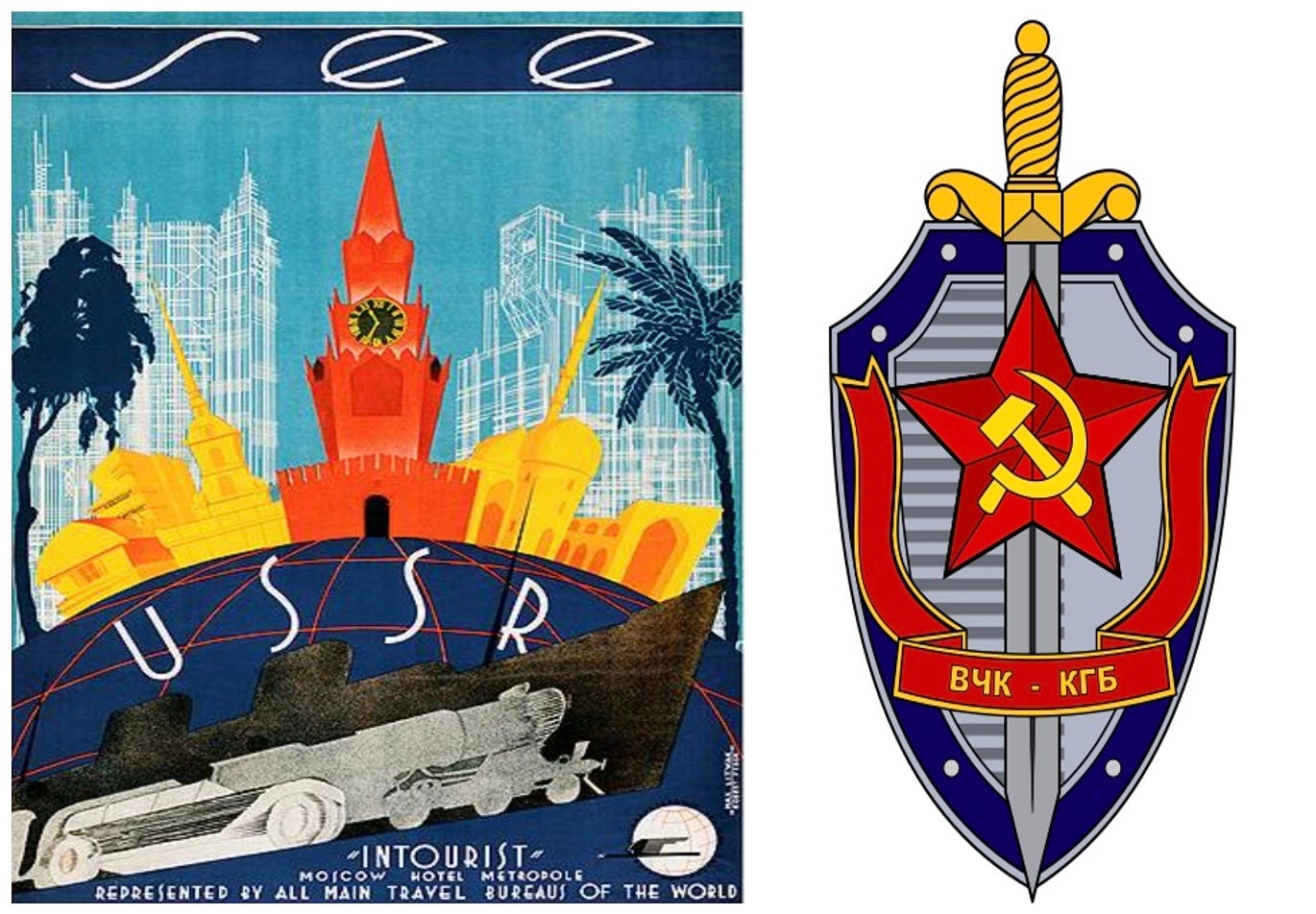
A Trump Tower in Moscow! Maybe even on Red Square!
To anyone familiar with the Cold War, Dubinin’s letter should have set off gales of laughter. At the time, the Soviets still zealously guarded the Berlin Wall to safeguard East Germans from the allure of capitalist luxuries. Soviet media were rigorously state-controlled. To be sure, Mikhail Gorbachev had started to win a reputation as a genial peacemaker who thawed Cold War tensions, but he was still very much a communist, and, he told a reporter that year, he believed the communism of Lenin remained “a fine and unsullied ideal.”
Who could possibly be gullible enough to believe that the Soviets admired Trump so much that they wanted a gaudy monument to capitalism abutting Red Square? Who could possibly be so vain and naive?
Donald J. Trump.
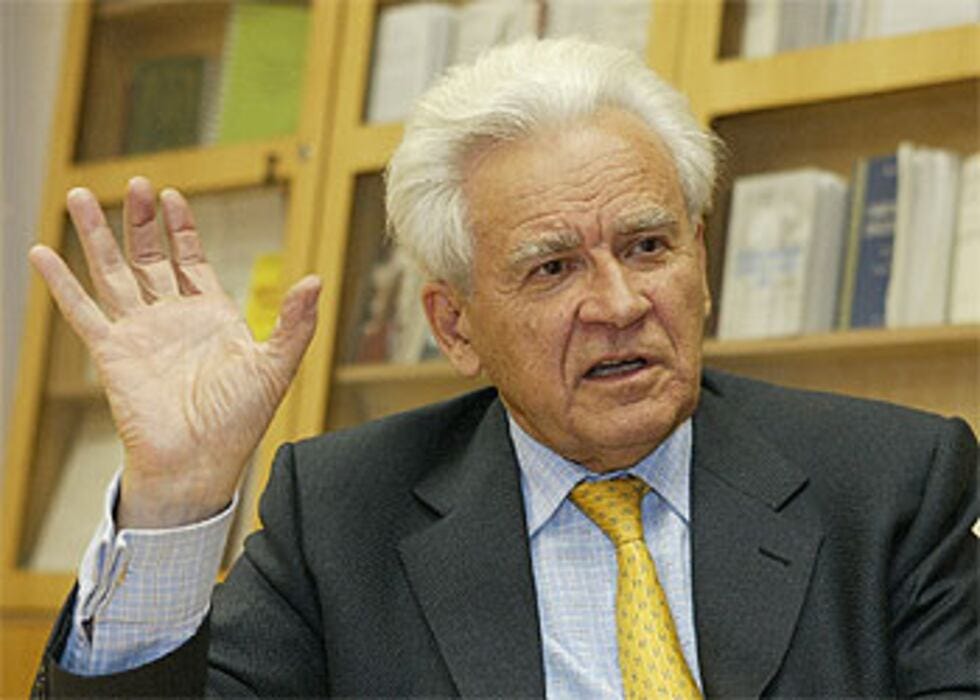
Of course, Trump may have been unaware of key facts behind the scenes. Among them, it was significant that Intourist was organizing his trip because it was essentially a branch of the KGB that had been founded by Joseph Stalin and whose job was to arrange travel and spy on high-profile tourists visiting Russia.
Intourist’s ties to the KGB are not a matter of dispute. General Oleg Kalugin, the former head of counterintelligence for the KGB, told me about them, as did Yuri Shvets, a former major in the Soviet spy agency. Likewise, Viktor Suvorov, a former Soviet GRU officer, made similar assertions to The Guardian’s Luke Harding, who described Trump’s trip as “a classic cultivation exercise, which would have had the KGB’s full support.”
Additional revelations suggest that the purpose of the trip was that it was a means of activating Trump’s relationship with the KGB, which had grown out of his bulk purchase of TVs for the Hyatt Grand Central. (See 1980 Former Soviet Agent: How Trump Was Lured into the KGB’s Web). According to Shvets, Trump’s invitation was written at the behest of General Ivan Gromakov, a high-level operative in the First Chief Directorate, which oversaw the KGB’s foreign operations.
“It was an established procedure for the KGB stations in the US to use Ambassador Dubinin to pass on invitations to Americans to visit Moscow,” said Shvets. “Usually, those trips were used for ‘deep development,’ recruitment, or for a meeting with the KGB handlers. In most cases, the trips were organized by Goscomintourist, the Soviet government traveler agency that was better known as Intourist and served as a front for the KGB. If the trip included all expenses paid by Intourist, it was a clear indication that the KGB was behind it.”
By all accounts, Trump was thrilled with the invitation. There is no evidence that he was aware of Gromakov’s role or Intourist’s ties to the KGB.
Before Trump went to Moscow and Leningrad —Putin’s hometown, Shvets told me, the KGB in New York City would have done what they called a “preliminary evaluation” of his personality. For this they got information on him from their human assets in his entourage—Kislin, perhaps; maybe David Bogatin, a Russian mobster, who had bought five condos in Trump Tower(see 1984 Trump’s Russian Laundromat); or possibly Natalia Dubinina, another alleged operative(see 1986 The KGB Sets Its Trap).
Next came the professional evaluation, for which Trump would have had to meet with an experienced operative at least three or four times. “In terms of his personality,” Shvets added, “the guy is not a complicated cookie, his most important characteristics being low intellect coupled with hyperinflated vanity. This combination makes him a dream for an experienced recruiter.”
Finally, on July 4, 1987, Independence Day no less, Donald and Ivana Trump flew to Moscow two assistants. He and Ivana stayed in a suite in the National Hotel where Vladimir Lenin and his wife had stayed in 1917, and where Trump was almost certainly under constant observation. During his visit, Trump checked out half a dozen potential building sites, including some that were close to Red Square. But none of which were as close to the Kremlin as he had hoped.
As to what activities the KGB may have captured in its surveillance, Oleg Kalugin, as the former head of counterintelligence for the KGB, was well versed in the use of video to produce kompromat, particularly of a sexual nature. As Kalugin told me when I first interviewed him in 2017, at the time, it was a widespread practice for the KGB to hire young women and deploy them as prostitutes to entrap visiting politicians and businessmen, and to use Intourist to monitor foreigners in the Soviet Union and to facilitate such “honey traps.”
“In your world, many times, you ask your young men to stand up and proudly serve their country,” Kalugin once told a reporter. “In Russia, sometimes we ask our women just to lie down.”
Which, according to Kalugin, is what probably happened during Trump’s 1987 trip to Moscow, during which he may have “had many young ladies at his disposal.”
To be clear, Kalugin did not claim to have seen such material or have evidence of its existence but was speaking as the former head of counterintelligence for the KGB, someone more than familiar with its tradecraft and practices. “I would not be surprised if the Russians have, and Trump knows about them, files on him during this trip to Russia and his involvement with meeting young ladies that were controlled [by Soviet intelligence],” he said.
According to Viktor Suvorov, an agent for the GRU, Soviet military intelligence, “Everything is free. There are good parties with nice girls. It could be a sauna and girls and who knows what else.”
All of which sounded great, except for one thing: Everything was subject to twenty-four-hour surveillance by the KGB.
To the CIA’s former Moscow station chief Rolf Mowatt-Larssen, in this relatively early stage of Trump’s career, when he was prominent in New York but hardly an international figure, there was no question that the KGB would be all over Trump when he visited Russia. “There’s no way they would overlook a guy like Trump,” Mowatt-Larssen told me. “He’s a prominent American. Any trip—he goes to Moscow—it’s going to be a full-court press.”
Now that Trump had come to Moscow, however, the KGB had just one question to answer. “When you have a new source,” Yuri Shvets told me, “you start thinking, How are you going to use the guy? When we were taught how to recruit, they said, ‘Recruit us anybody—we’ll find how to use him.’”
And now that they had reeled in Donald Trump, what the hell were they going to do with him?“
Cast of Characters
Yuri Dubinin
Soviet Ambassador to the United States (1986–1990) and previously the USSR’s Permanent Representative to the United Nations (1985–1986). Though he didn’t speak English, Dubinin invited Trump to the Soviet Union after a 1986 luncheon with him, and was allegedly used by the KGB to facilitate Trump’s visit as part of a cultivation effort.
Natalia Dubinina
Dubinin’s daughter and a UN “librarian” educated at MGIMO, the Soviet elite training ground for diplomats and spies. Likely a KGB officer, she reportedly made contact with Trump in 1986. According to Shvets, her 2016 interview was part of a Russian intelligence active measure to cover up the true nature of that contact.
Yuri Shvets
Former KGB major based in Washington, D.C. in the 1980s. Now a U.S. citizen, Shvets has provided key insights into Soviet asset recruitment. He identified Trump as having been cultivated as a “special unofficial contact” by the KGB—a status given to high-value individuals.
Oleg Danilovich Kalugin
A former KGB general, top spy in Washington, D.C., and one-time boss to Vladimir Putin. Kalugin later defected, exposing Soviet espionage operations after gaining U.S. citizenship in 2003. He once led Department K, the KGB’s foreign counterintelligence division, overseeing some of its most sensitive Cold War missions. Kalugin won notoriety after the 1978 assassination of Bulgarian writer Georgi Markov—a brave and widely loved émigré who was murdered when a KGB operative wielded a specially designed umbrella that fired a tiny poison pellet filled with ricin into Markov’s thigh.
General Ivan Gromakov
Senior KGB official who, according to Yuri Shvets, authorized the invitation to Trump through Ambassador Dubinin. The visit was arranged through Intourist, the Soviet state travel agency widely known as a KGB front used to arrange travel, surveil, and cultivate foreign visitors.
Stay tuned for more updates!
If you have tips, leads, or insights, please reach out—I am always looking for new information. And don’t forget to comment and share your thoughts!
House of Trump, House of Putin
The Untold Story of Donald Trump and the Russian Mafia
American Kompromat
How the KGB Cultivated Donald Trump, and Related Tales of Sex, Greed, Power, and Treachery
Den of Spies
Reagan, Carter, and the Secret History of the Treason That Stole the White House





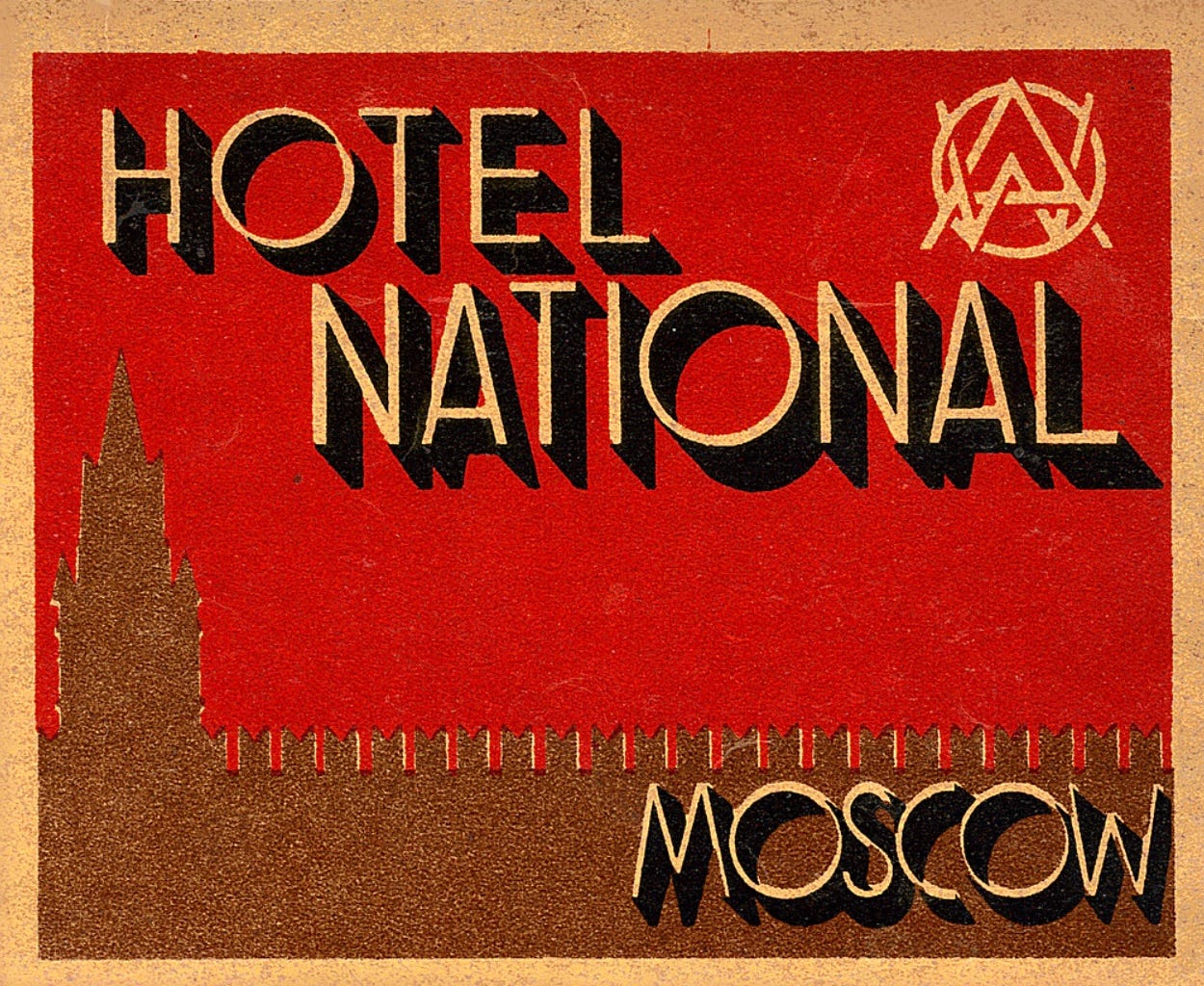

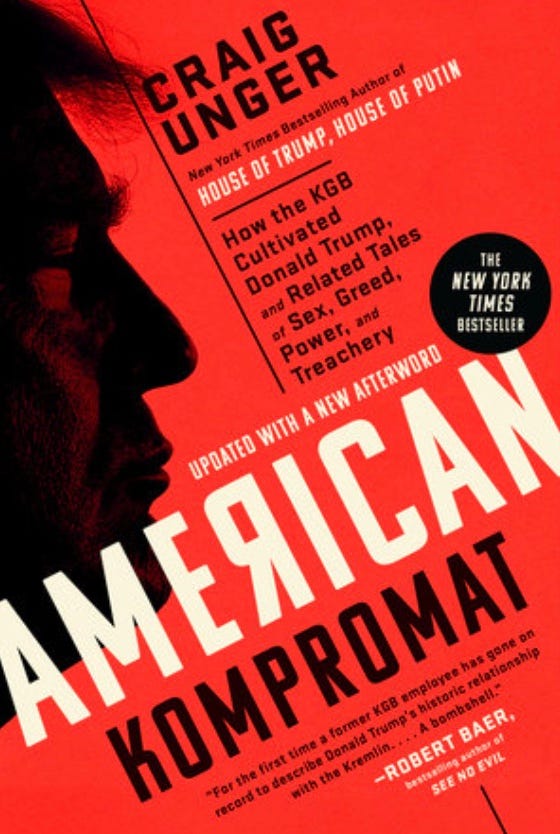
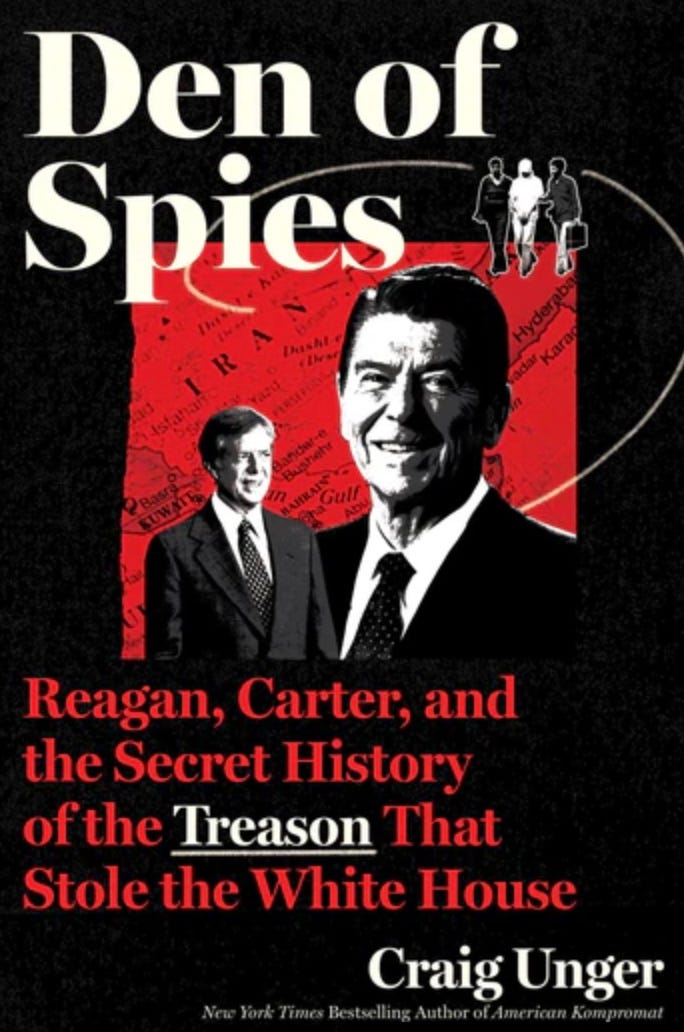
sooooo…
what is the penalty for blatant premeditated ‘treason and tyranny’ ???
Just bought your books. Can’t wait to read them.